How Does Raynaud Disease Affect the Heart?
.png?v=1674060228921)

Related products
Raynaud's disease is an uncommon condition that affects the circulation and flow of blood to the hands and feet, usually in response to emotional stress or cold temperatures. The condition is divided into primary Raynaud's and secondary Raynaud's, which certain medical conditions or medications can cause. Read on to understand the causes, symptoms, and treatments of Raynaud's disease and determine its possible complications to your heart and overall health.
What is Raynaud's disease?
Raynaud's disease is a condition that causes blood vessels in the toes and fingers to narrow or collapse when exposed to cold temperatures or stress. The narrowing of the affected blood vessels restricts oxygen flow to the affected areas, which can cause pain or numbness. It usually affects only one hand and foot at a time, but it can involve both.
Raynaud phenomenon is sometimes used interchangeably with Raynaud's disease, but it's a different condition. It refers to the symptoms of Raynaud's disease, such as cold hands or feet and pain in these areas during exposure to cold temperatures or stress.
The origin of the name "Raynaud's disease" is unknown, but it may have come from an 18th-century French doctor named Maurice Raynaud.
Raynaud's disease and the heart
Raynaud disease can cause symptoms similar to those of other heart diseases, such as angina or coronary artery disease (CAD). In addition to sweating, other symptoms include chest discomfort, shortness of breath, and dizziness. But these symptoms may also occur in people who don't have heart problems.
The reduced blood flow to the skin may cause a lack of oxygen and nutrients, leading to chest pain. Raynaud's disease may also increase your risk for other conditions that affect the heart, such as atrial fibrillation (AFib) (an irregular heart rhythm). In addition, Raynaud's disease can affect the heart by:
-
Heart murmurs— An abnormal sound produced by turbulent or turbulent blood flow through the heart chambers. Heart murmurs are classified into five types based on their sounds and symptoms.
-
Heart failure — A condition where the heart cannot sufficiently pump adequate blood to meet the body's needs. Coronary artery disease (CAD) is a common cause that narrows or blocks arteries that supply blood to the heart muscle.
Raynaud's disease does not directly cause high blood pressure (hypertension). However, it can be associated with other health issues that may increase blood pressure.
Read more: What causes heart disease?
Primary vs secondary Raynaud's disease
Primary Raynaud is the most common form of the condition. In primary Raynaud's disease, the cause is unknown. Most people with this form of Raynaud's disease have a family history of the condition or other autoimmune disorders, such as Sjogren's syndrome or rheumatoid arthritis.
Secondary Raynaud's disease, on the other hand, is when the problem comes from another source and only affects your blood vessels as a result of that problem. For example, secondary Raynaud may be caused by an injury or reaction to certain medications.
Symptoms of Raynaud's disease
The symptoms of Raynaud's disease are usually the same for both primary and secondary forms. The most common symptom is a change in your fingers or toes that makes them feel numb, cold, tingly, or painful. This can happen when you're exposed to cold temperatures (such as when you step outside on a cold day during winter), but it can also occur when you're exposed to warm air, such as in a hot shower or bath.
You may also notice that your fingers or toes turn white or blue, particularly when exposed to cold or under stress. This is known as a "white finger." If this happens often, it could lead to reduced blood flow in the arteries of your fingers and toes. When blood flow is reduced, the body can't warm itself properly, which causes a cold or numb feeling in your hands and feet. In some people, the colour change can be so severe that it affects all fingers on one hand or foot.
Other Raynaud's symptoms are:
-
Pain in your fingers or toes
-
Sensitivity to cold temperatures, including a burning sensation when exposed to cold water or objects
-
Chipping and peeling of the nails (nail changes)
-
Red, white and blue patches on your fingers or toes (sometimes called "cotton wool spots" because they look like flecks of cotton)
Risk factors for Raynaud's disease
While the exact cause of Raynaud's phenomenon is unknown, it's generally accepted as a small vessel disorder. That means the blood vessels in your hands and feet aren't working correctly.
The following are the probable causes of Raynaud's disease:
-
Genetics. Some individuals are born with a genetic predisposition to Raynaud's disease, which means they're more likely to get it than others. If you have a family member with Raynaud's, you have about a 50% chance of developing Raynaud's phenomenon yourself.
-
Health conditions. Certain diseases can trigger Raynaud's phenomenon, such as lupus and rheumatoid arthritis.
-
Raynaud's disease may be an early sign of another health condition called systemic sclerosis (scleroderma). This condition affects and damages the blood vessels throughout the whole body.
-
Medications. Certain medicines can cause blood vessels to constrict and may lead to Raynaud's phenomenon. These include antidepressants, birth control pills and certain blood pressure drugs, including beta blockers.
Although anyone can be diagnosed with Raynaud's disease, there are specific risk factors that increase your chance of getting the condition. These risk factors include:
-
Being female
-
Having a family history of Raynaud's disease or other small vessel disorders
-
Living in cold climates
-
Participating in activities that expose the hands and feet to cold temperatures
-
Working in a surrounding where there is a danger of being exposed to certain chemicals that can cause your feet and hands to become numb - this includes working with paints, cleaning products, varnishes and other solvent-containing materials.
Determine the risk of developing heart disease by using this test.
Complications of Raynaud's disease
It's important to note that while Raynaud's can be uncomfortable, it isn't generally a serious condition. But in severe cases, Raynaud's disease can lead to complications. These include:
-
Pain in the hands or feet. This is usually caused by cold temperatures and may be felt as a sharp pain that comes and goes quickly or a dull ache that lasts longer than expected.
-
Tingling or numbness. This may occur when blood flow returns to your fingers and toes after they've become cold; tingling and numbness are common in people with Raynaud's disease but don't always happen if you have the condition. Nerve damage and numbness in the fingers or toes may cause pain. This condition is known as complex regional pain syndrome (CRPS).
-
Frostbite. This happens when your skin freezes in response to exposure to cold temperatures.
-
Swelling of your fingers or toes. This can make it uneasy for you to move them properly.
-
Bleeding under the nail due to damaged blood vessels. If this happens, it can cause a discoloured area on your nail (which is called a subungual hematoma)
-
Redness or skin discolouration around your fingers or toes. If blood flow is significantly decreased for an extended period, tissues can become damaged, and ulcers may form on your skin.
-
Secondary infections due to poor circulation in your extremities.
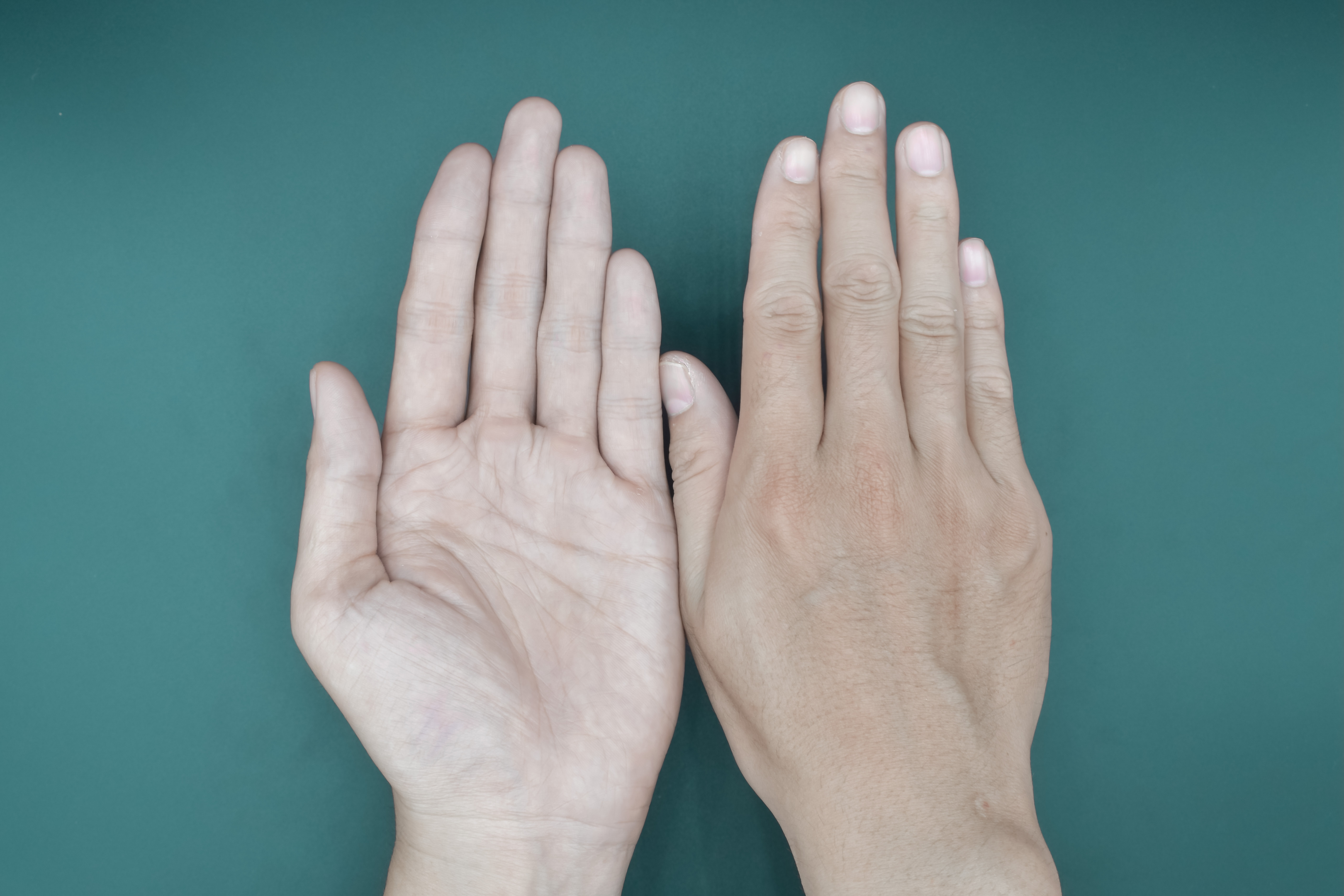
How is Raynaud's disease diagnosed?
Your doctor may first ask about your medical history since Raynaud's usually occurs in people with other conditions. They will also want to know if family members suffer from the disorder. Your doctor may perform a physical examination, including a complete blood count (CBC), which can reveal an irregularly low number of white blood cells (constituents of your immune system). Your healthcare provider may also order a Doppler ultrasound test, which utilizes sound waves to measure blood flow. If your doctor suspects Raynaud's disease, they may recommend further testing, such as:
-
A finger plethysmograph measures how much blood flows through a small artery in your finger. This test can indicate whether there's a problem with the nerves or blood vessels in your hands and feet.
-
Skin biopsy can reveal abnormal blood vessels in the skin.
-
Thermography is a test that measures the temperature of your fingers and toes.
-
Ultrasound or MRI of your fingers, hands, and arms can help determine if the blood vessels in your extremities are narrowed or blocked.
-
Angiogram uses dye injected into the bloodstream to make it easier for doctors to see blood vessels.
-
Blood tests measure certain proteins that circulate in your blood when you have an autoimmune disease; they include rheumatoid factor (RF), antinuclear antibodies (ANA) and anti-extractable nuclear antigen antibodies (anti-ENA).
Read more: Is heart disease hereditary?
Treatment and management
The good news is that many treatment options are available for Raynaud's disease. The best course of action varies depending on the type and severity you experience. If your symptoms aren't too severe, your doctor may recommend lifestyle changes such as avoiding triggers like cold temperatures or emotional stress. If you're still experiencing numbness or pain in your feet or hands after making lifestyle changes, they may prescribe medication to help manage your symptoms.
You can also manage these symptoms with the following treatment options:
-
Reduce your exposure to cold temperatures, especially during cold weather months.
-
Wear warm clothes that offer comfort (including gloves and hats) in cold weather.
-
Take steps to prevent injuries from occurring (wear gloves and other protective gear when doing manual labour).
-
Ensure that you get enough vitamin C every day.
-
Seek treatment for a specific underlying condition, such as lupus.
-
Use medications that block the effects of calcium in your body (calcium channel blockers) or increase blood flow through narrowed arteries (vasodilators).
Read more: The best diet for a healthy heart.
The takeaway
Raynaud's disease makes your fingers, toes, nose, and ears feel cold or numb when exposed to cold temperatures. It's usually not serious and can be managed with warm clothing and lifestyle changes. Treatment options are also available if your symptoms get severe. These symptoms include chest discomfort, shortness of breath, and perspiration, among other things.
Order Welzo's Heart Disease Risk test to determine your risk of heart disease.











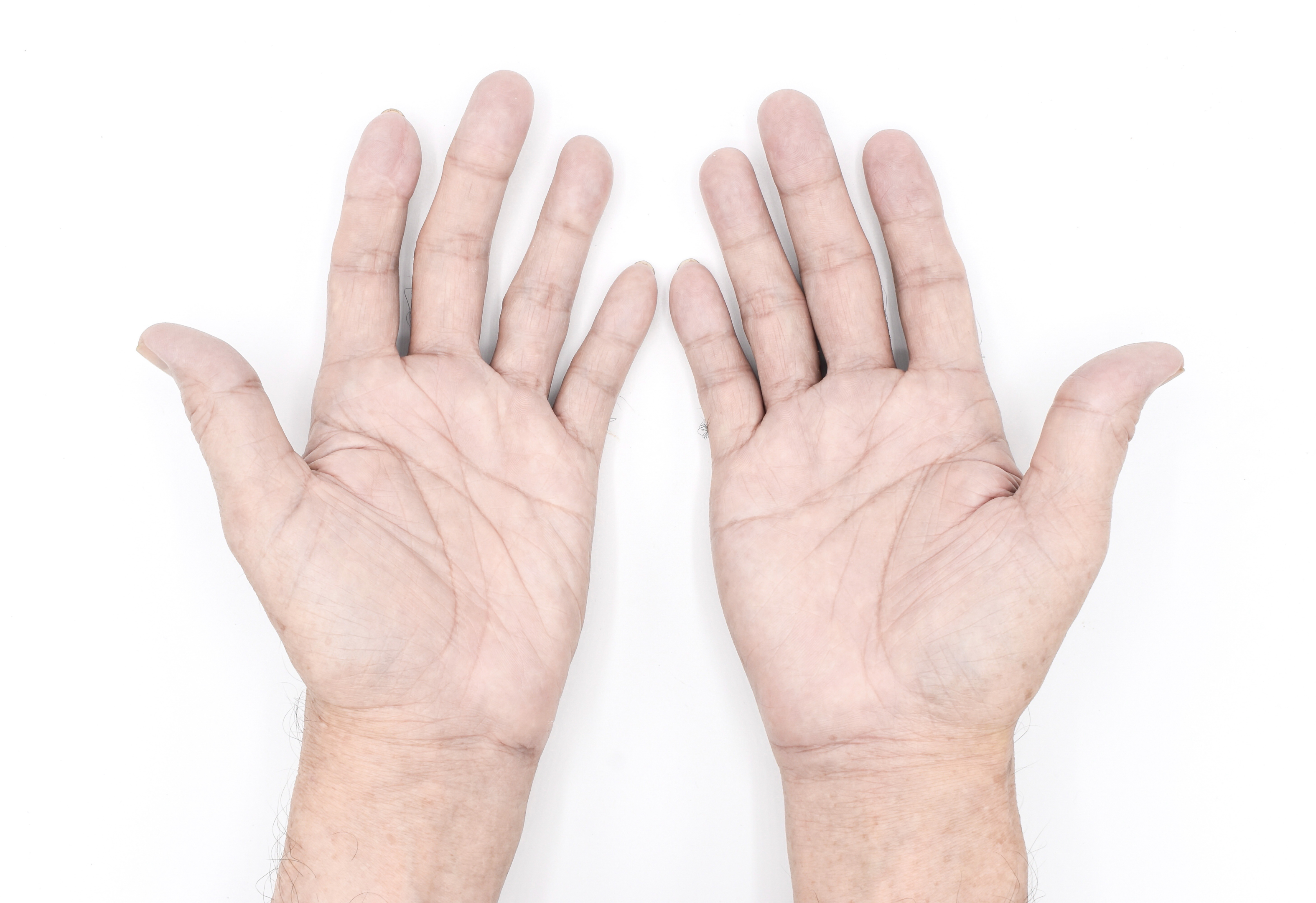
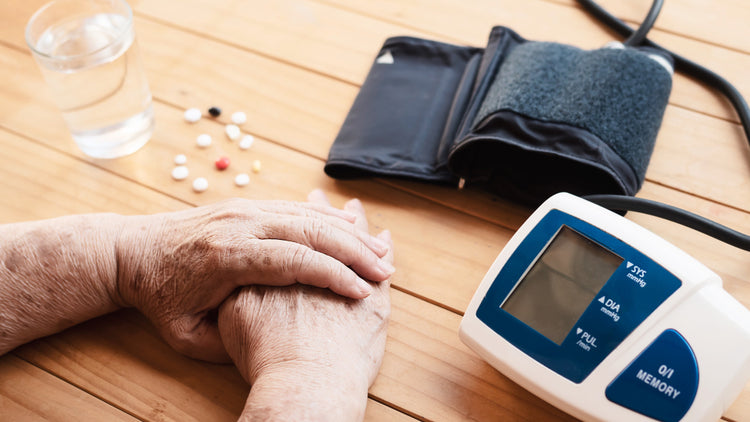


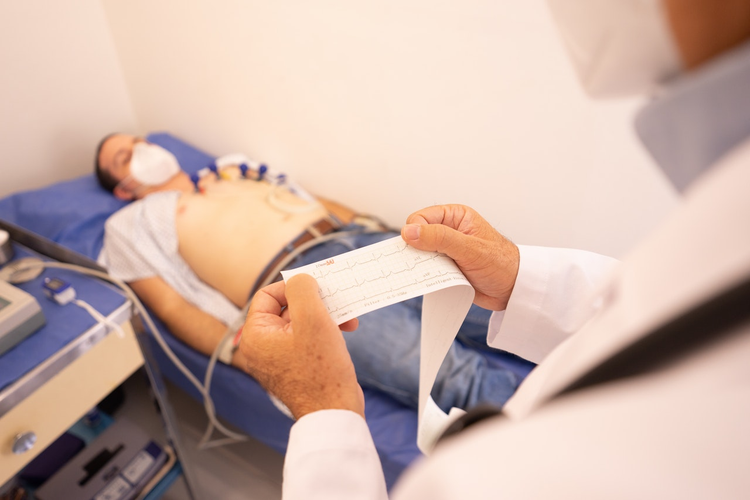

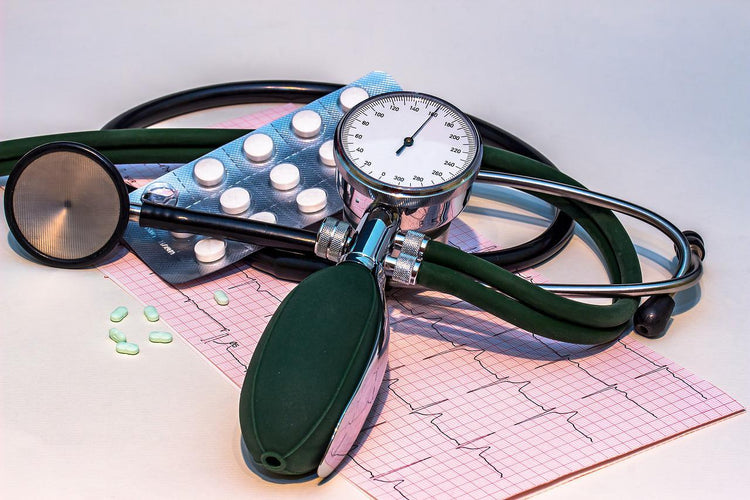

 Rated Excellent by 26,523+ Reviews
Rated Excellent by 26,523+ Reviews